IDD Update
Keeping itself ahead of China’s technology development, India will move to acquire 30 drones of the ‘Predator-B’ family produced by US company General Atomics and some of these are expectedly for anti submarine warfare (ASW)
India is looking at two variants. One for the Navy and the other for the Army and the IAF. India has, so far, been studying the MQ9B-Sky Guardian and the Sea Guardian, models of the company. However, some of the drones will the latest variant of the predator family called the MQ-9A block 5, that has been successfully tested for anti submarine warfare (ASW) capability .
The purchase is expected to cost anywhere between $ 3 to 4 Billion and shall depend upon the configuration New Delhi chooses. The proposal is expected to go the Defence Acquisition Council, the highest decision making body of the Ministry of Defence, in the month of April. The DAC ideally meets once in a Month.
The ASW role of the drone
The General Atomics Aeronautical Systems (GA-ASI), has completed the world’s first self-contained ASW capability for an Unmanned Aircraft System (UAS).
Successfully demonstrated a sonobuoy carriage, release, process and control from a company-owned MQ-9A Block 5 on a U.S. Navy Pacific test range. The MQ-9A Block 5 successfully tracked an expendable mobile ASW training target over a three-hour period.
GA-ASI statement Jan 19
The GA is developing this first-of-its-kind capability for its new Sea Guardian in partnership with the US Navy under a Cooperative Research and Development Agreement with Naval Air Systems Command.
“This demonstration is a first for airborne ASW. The successful completion of this testing paves the way for future development of more Anti-Submarine Warfare capabilities from our MQ-9s,” GA-ASI President David R. Alexander was quoted in the statement. Read it here
Since 2017 the company has added a sonobuoy management & control system (SMCS) to monitor and control deployed sonobuoys, and developed a pneumatic sonobuoy dispenser system (SDS) capable of safely carrying and deploying sonobuoys.
In a standard Maritime ISR and ASW configuration, SeaGuardian’s endurance exceeds 18 hours, encompassing a mission radius of 1200 nautical miles with eight hours of on-station time for submarine prosecution, providing a low-cost complement to manned aircraft for manned-unmanned teaming operations.
India is clear on procuring ASW complaint drones:
Indian Navy Chief Karambir Singh had announced in December 2020 that a case for getting 30 more such drones is being progressed. “The ones we will get next are to be much more potent in tackling threats, include those from underwater,” Admiral Singh had said in New Delhi. He listed out the use of these drones as among the several measures Navy is deploying to tackle under water threats and anti submarine warfare capabilities.

The US India relationship
The US hasn’t allowed access to its high end platforms to many countries and therefore the purchase of drones makes an important mile stone in the India -US relationship. India is designated as a major defence partner and the previous Trump government assigned a key role to India in the Indo-Pacific region.
The case for acquiring 30 drones – 10 each for Navy, Army and Air Force – have had its fair share of back and forth with the Indian Air Force repeatedly expressing it’s apprehension holding back the process. In contrast, the Navy and Army are keen to acquire the remotely piloted vehicles for surveillance and also offensive operations.
India recently leased two drones but despite a raging border conflict with China along Himalayan border didn’t deploy the drones in this sector. The leased drones are being operated by US personnel and the Indian Air Force expressed it’s apprehension about deployment details along the north leaking out.
Apprehension about deployment details leaking to the US have raised eyebrows within the establishment and are largely unfounded. IDD opinion is that such fears are unfounded because the US has many more means to find out India’s fighter deployment along the border if they wanted to.
Boots Vs Technology
For India the purchase of the drones also signals a significant shift in the thinking of Indian military. With low budgetary allocation and dealing with high revenue cost, in particular, pay and pension bills, India is finding it difficult to funds capital acquisition.
Alarmed with the disturbing trend the newly formed Department of Military Affairs headed by Chief of Defense Staff has commissioned a study to cut down on man-power which will leave it funds to acquire technology.
The Indian Army alone is 1.3 million strong. Adding the relatively smaller forces by man-power the three Indian forces are about 1.4 million.





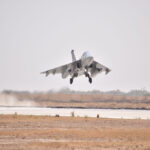
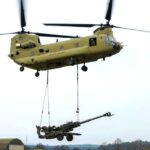
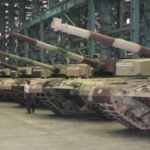
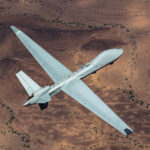
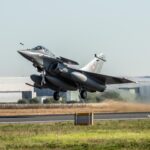


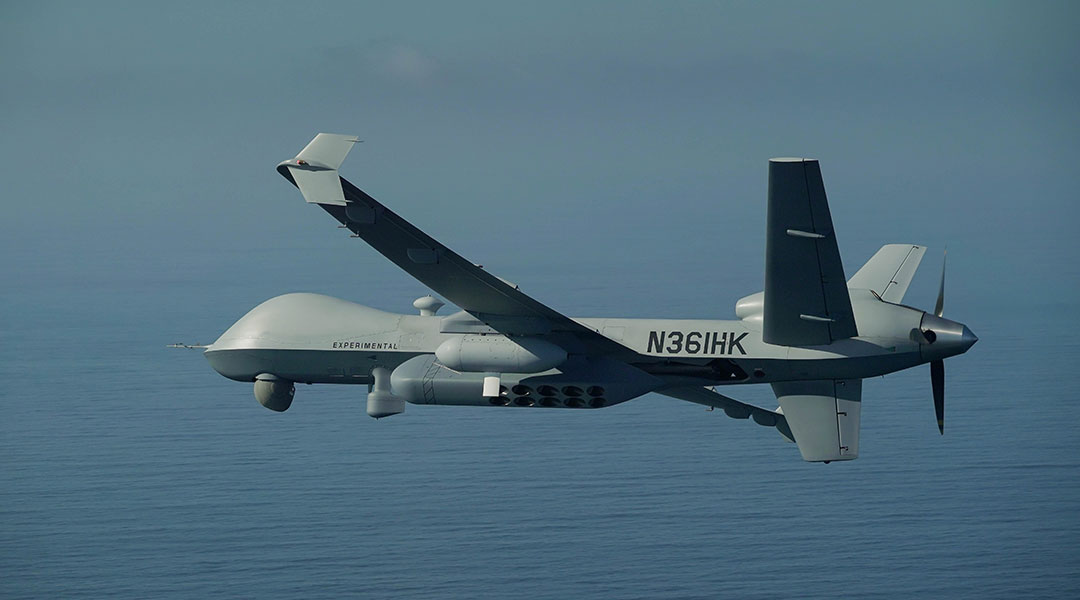


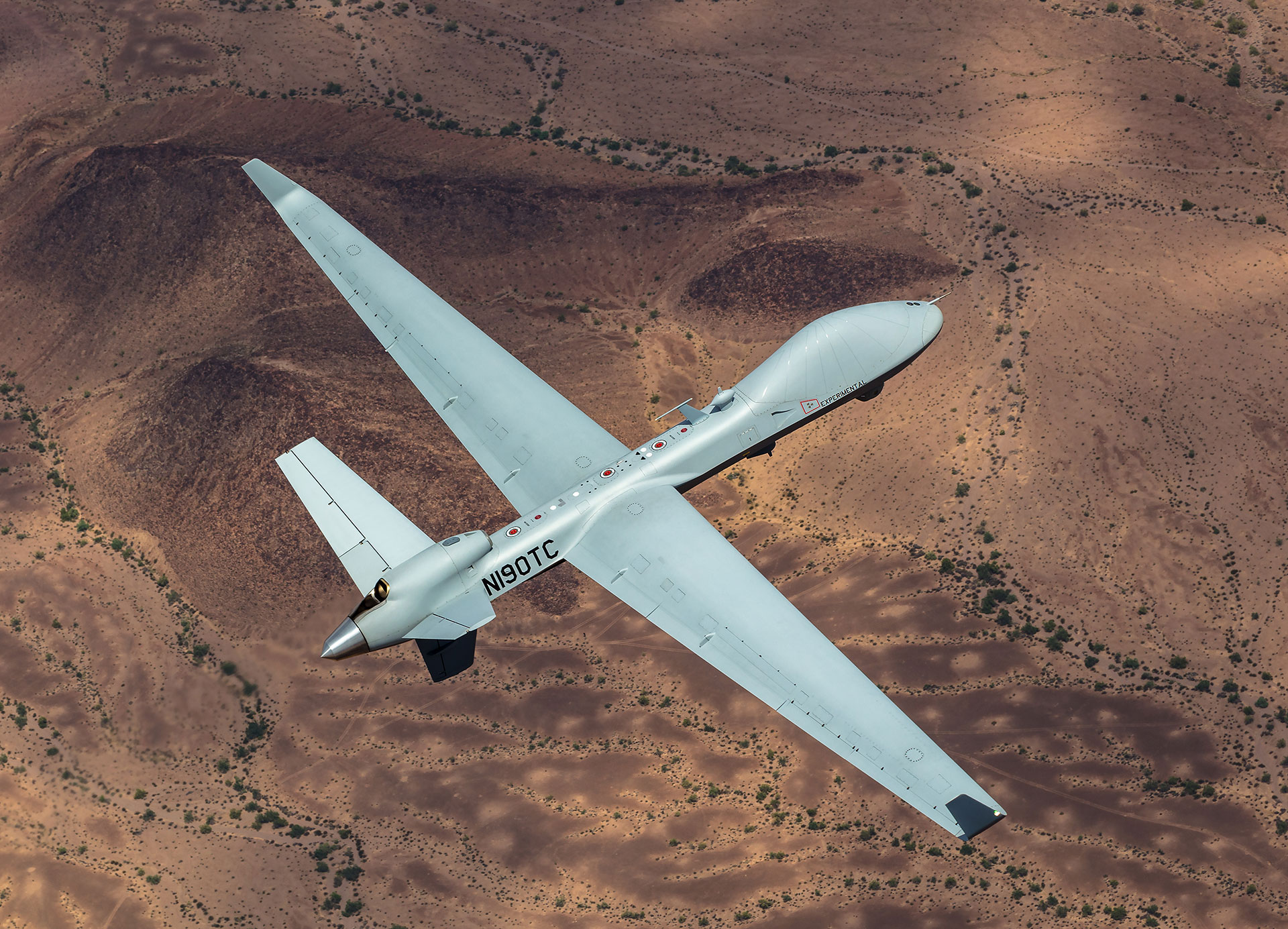
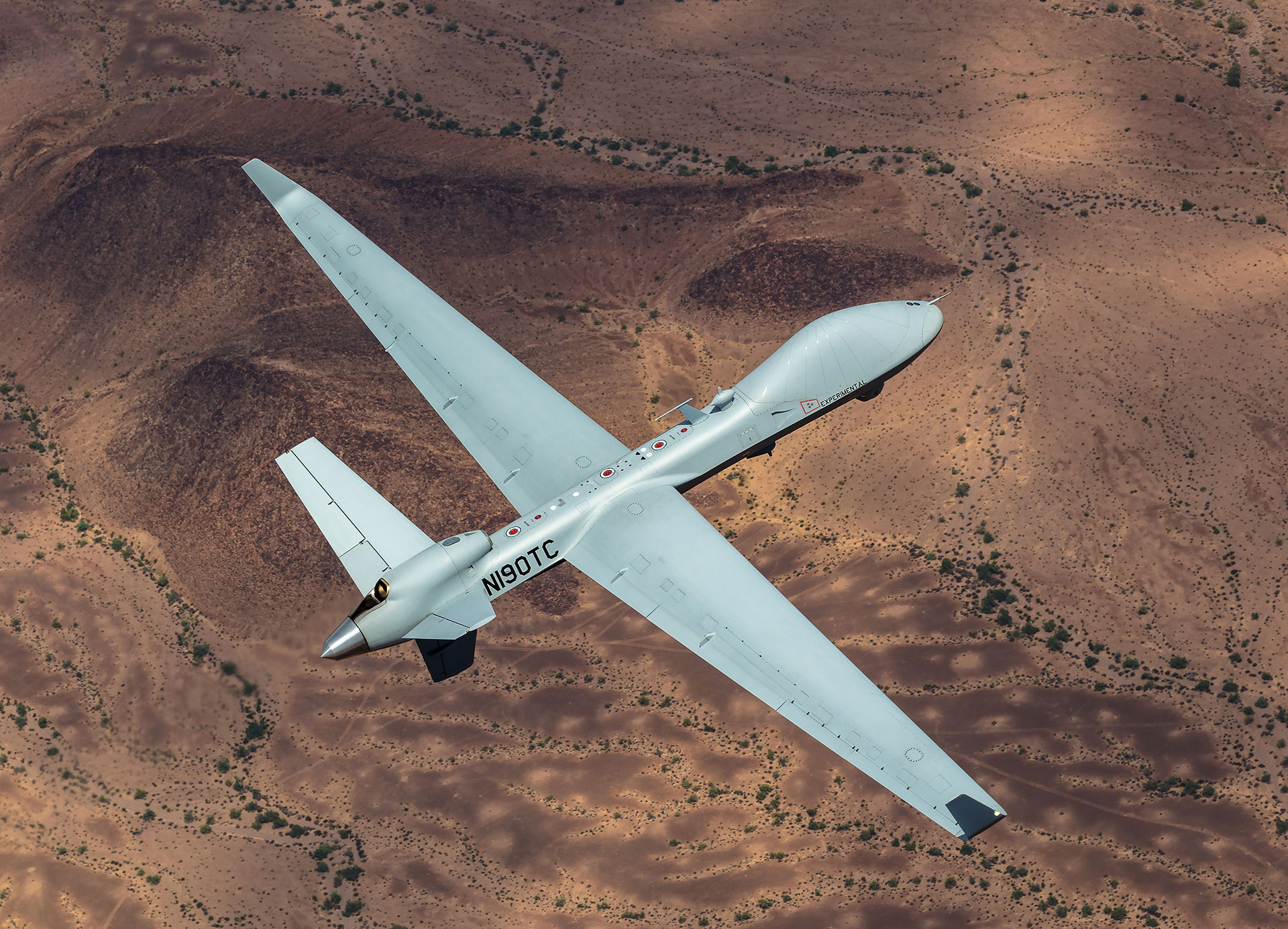
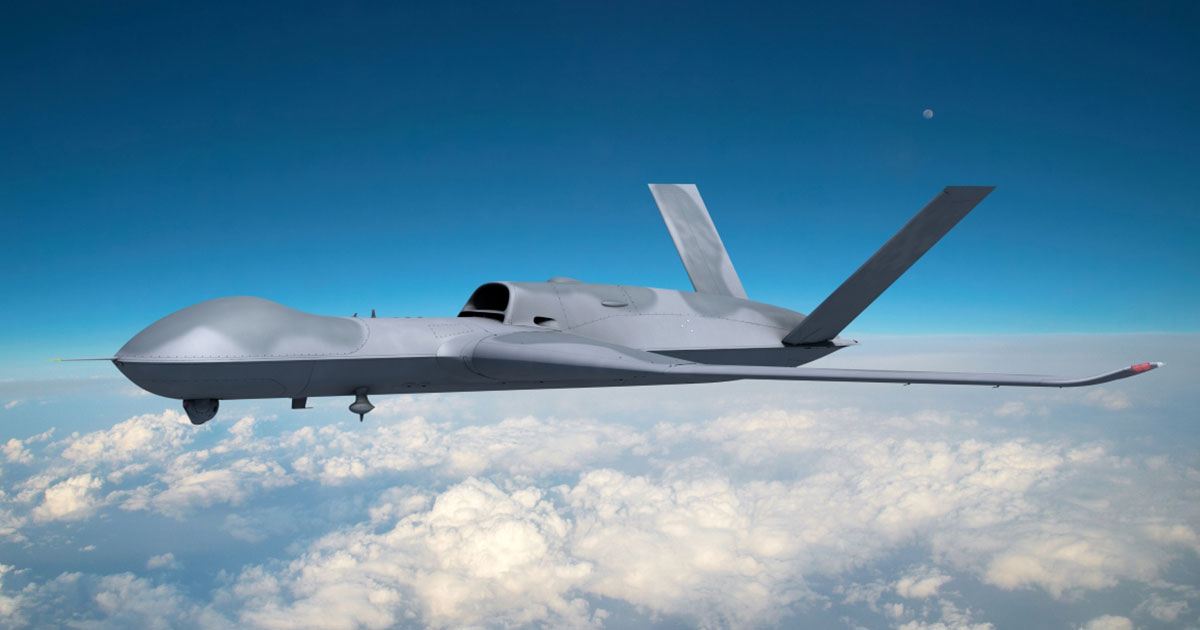
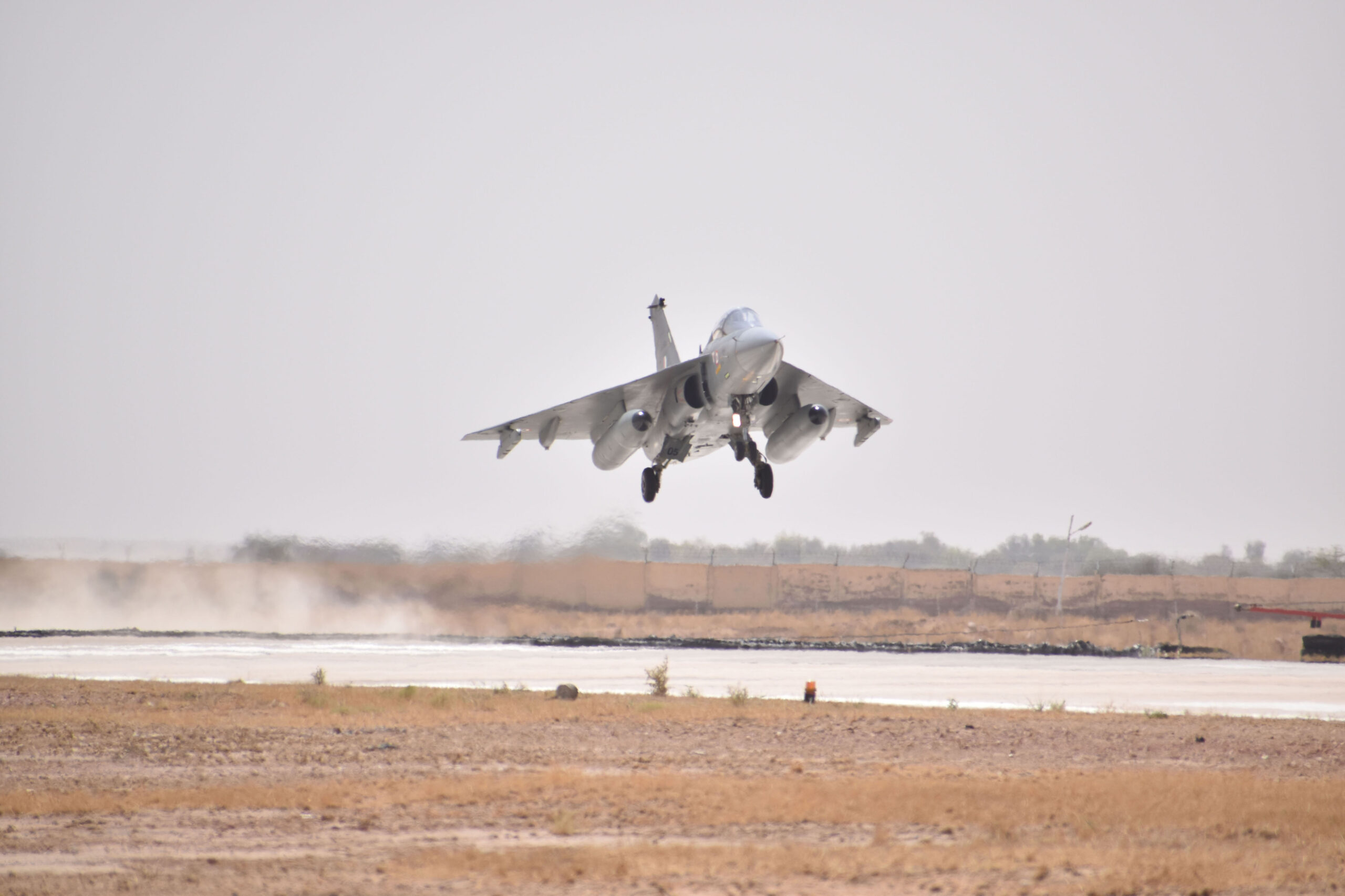
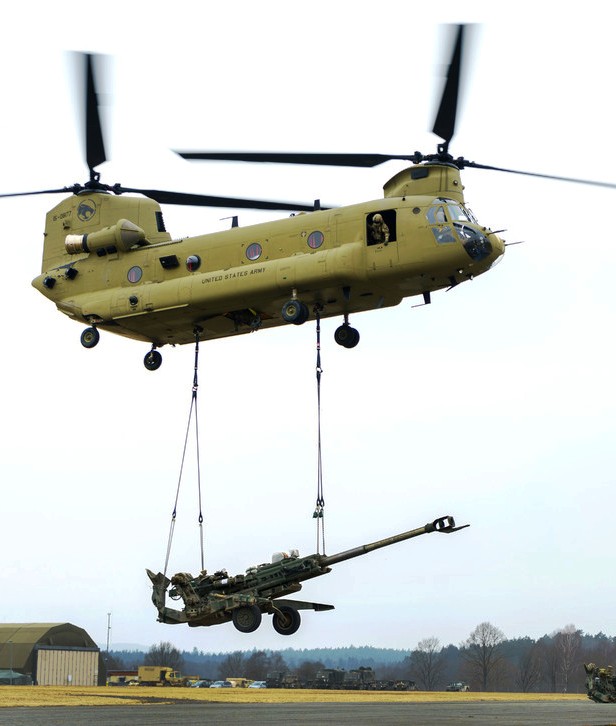
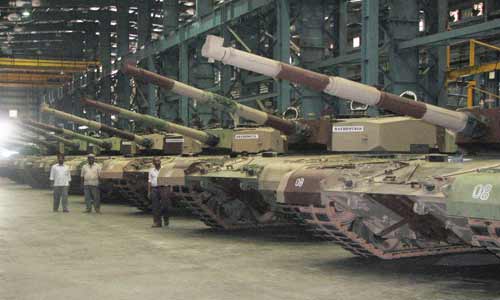
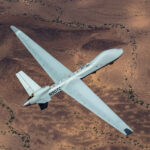

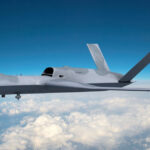
Recent Comments